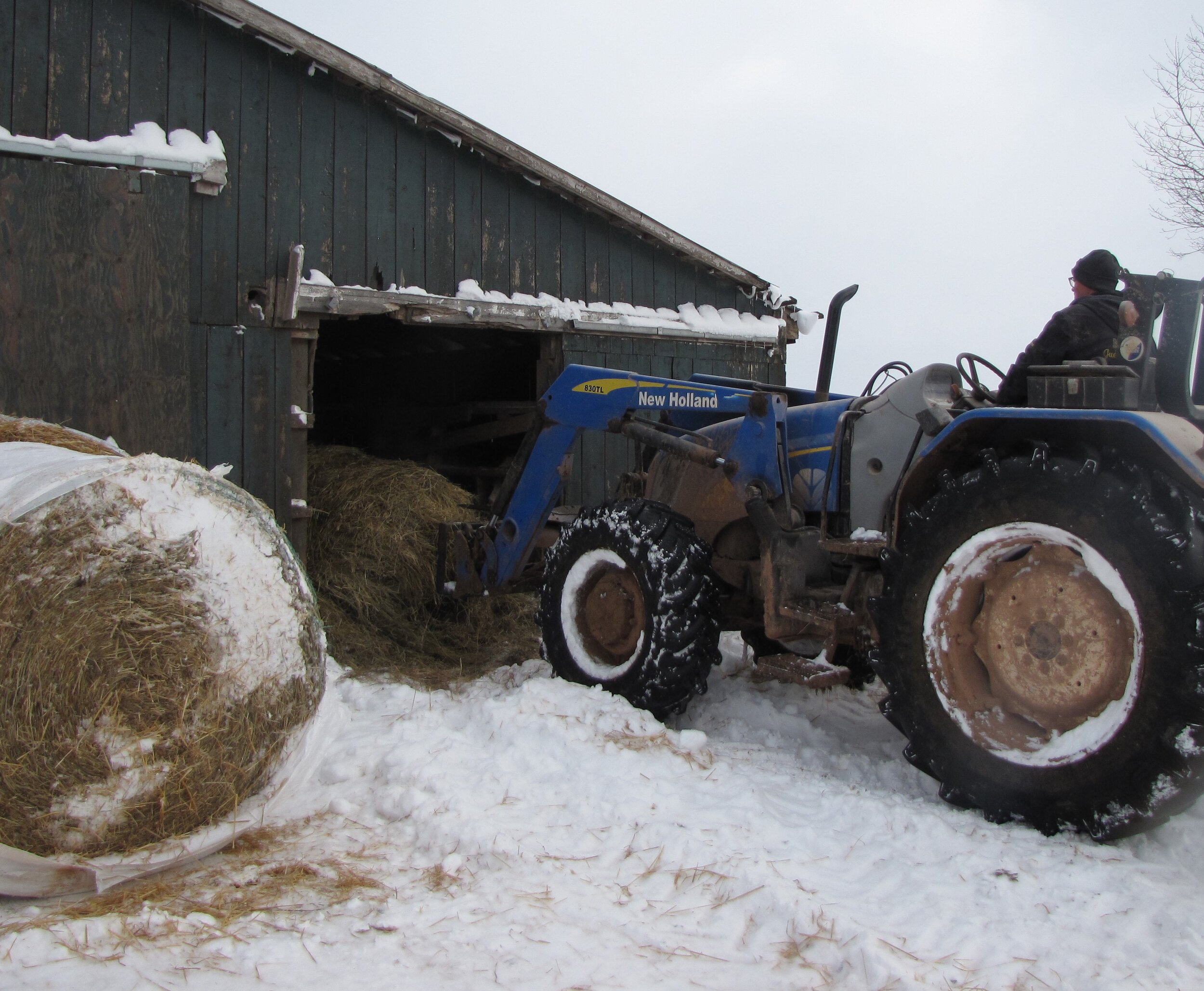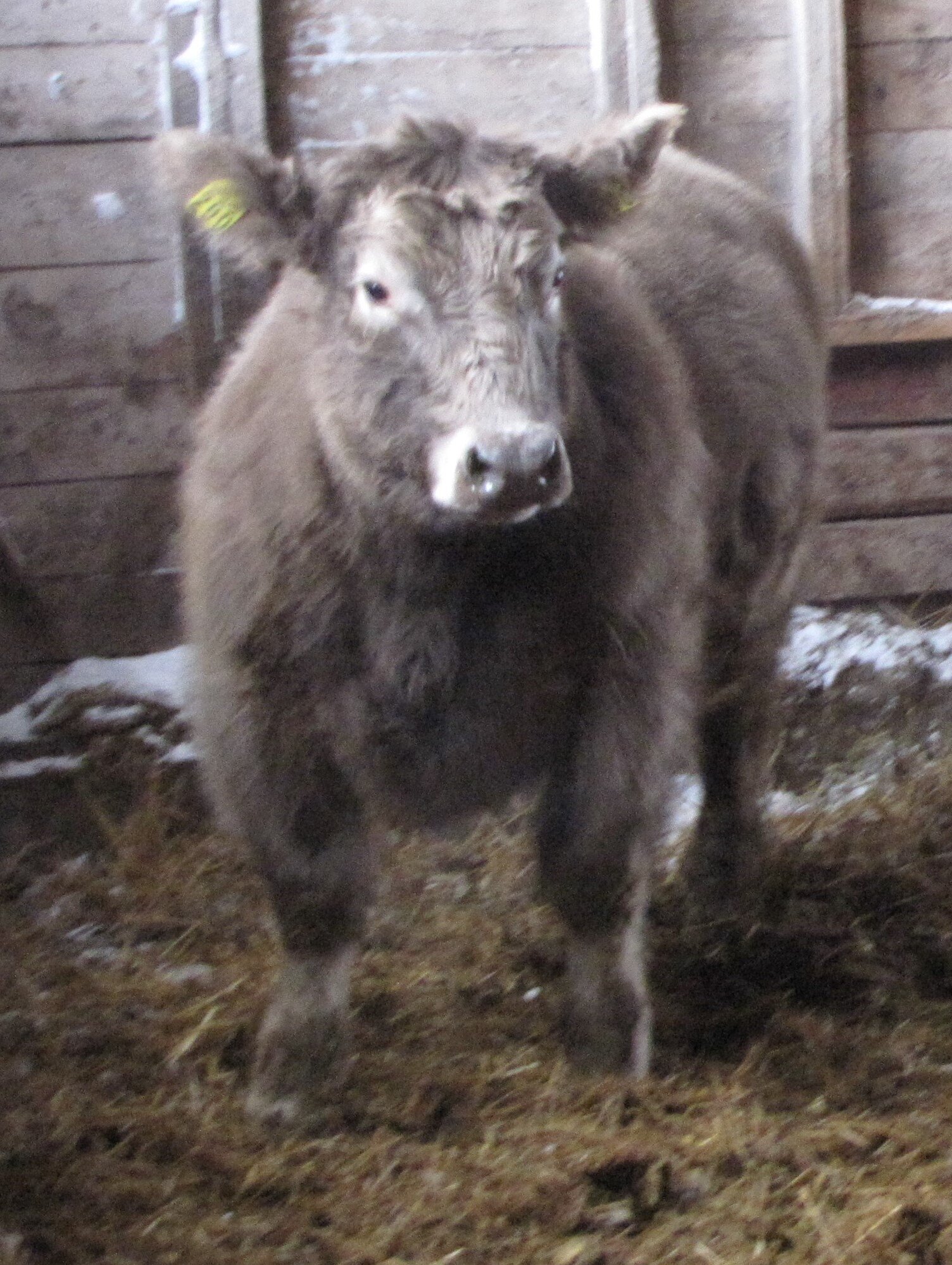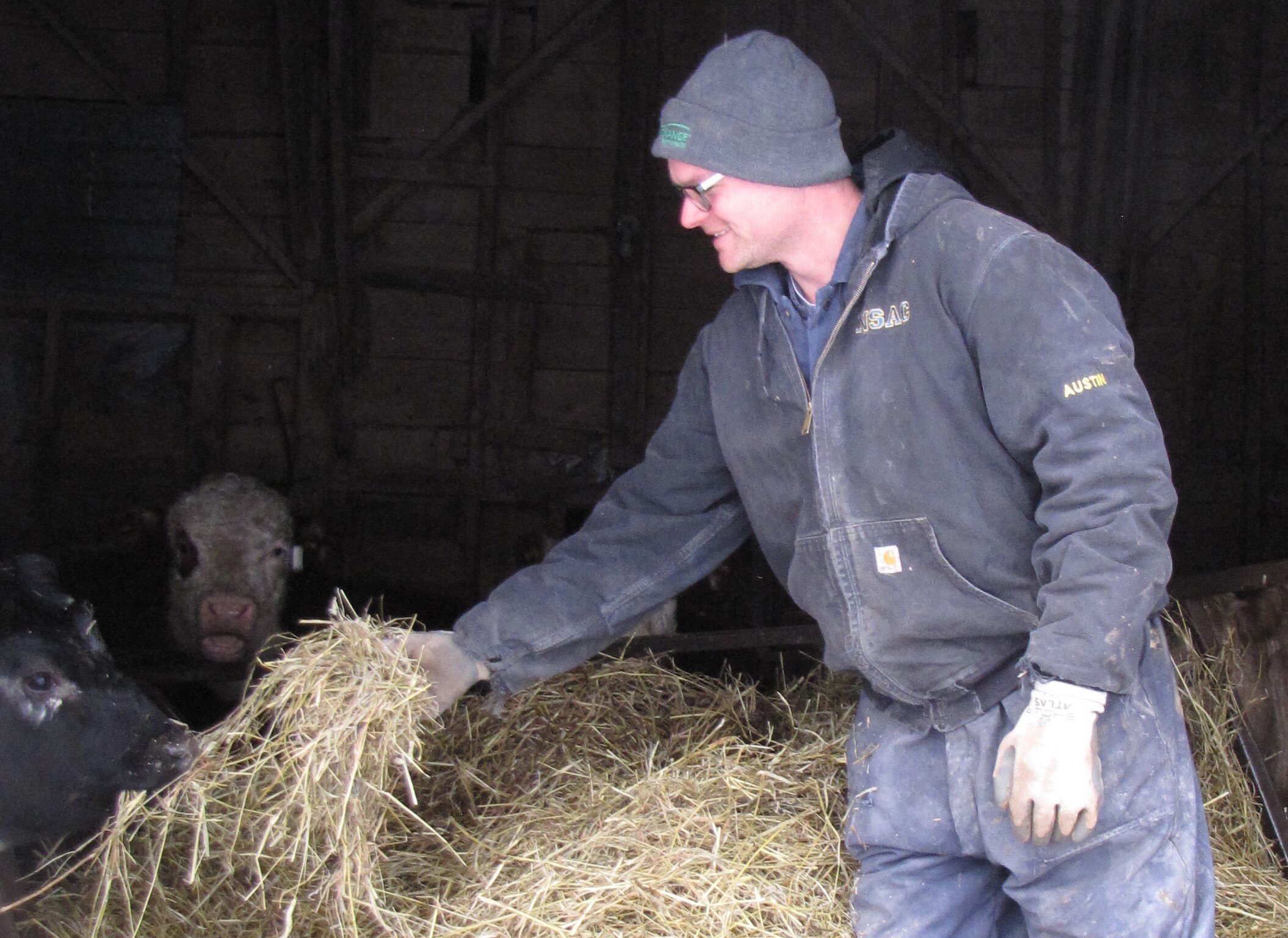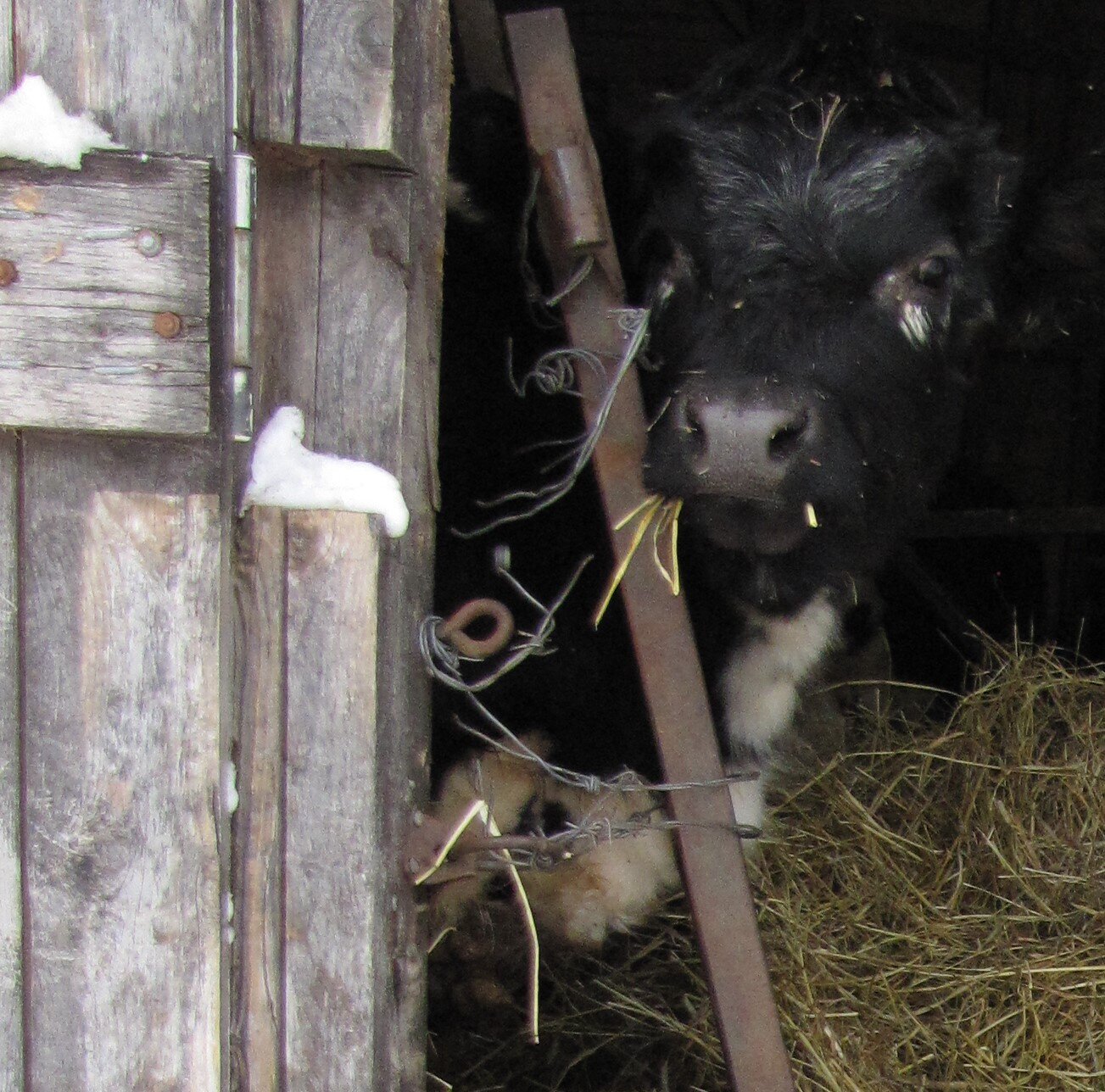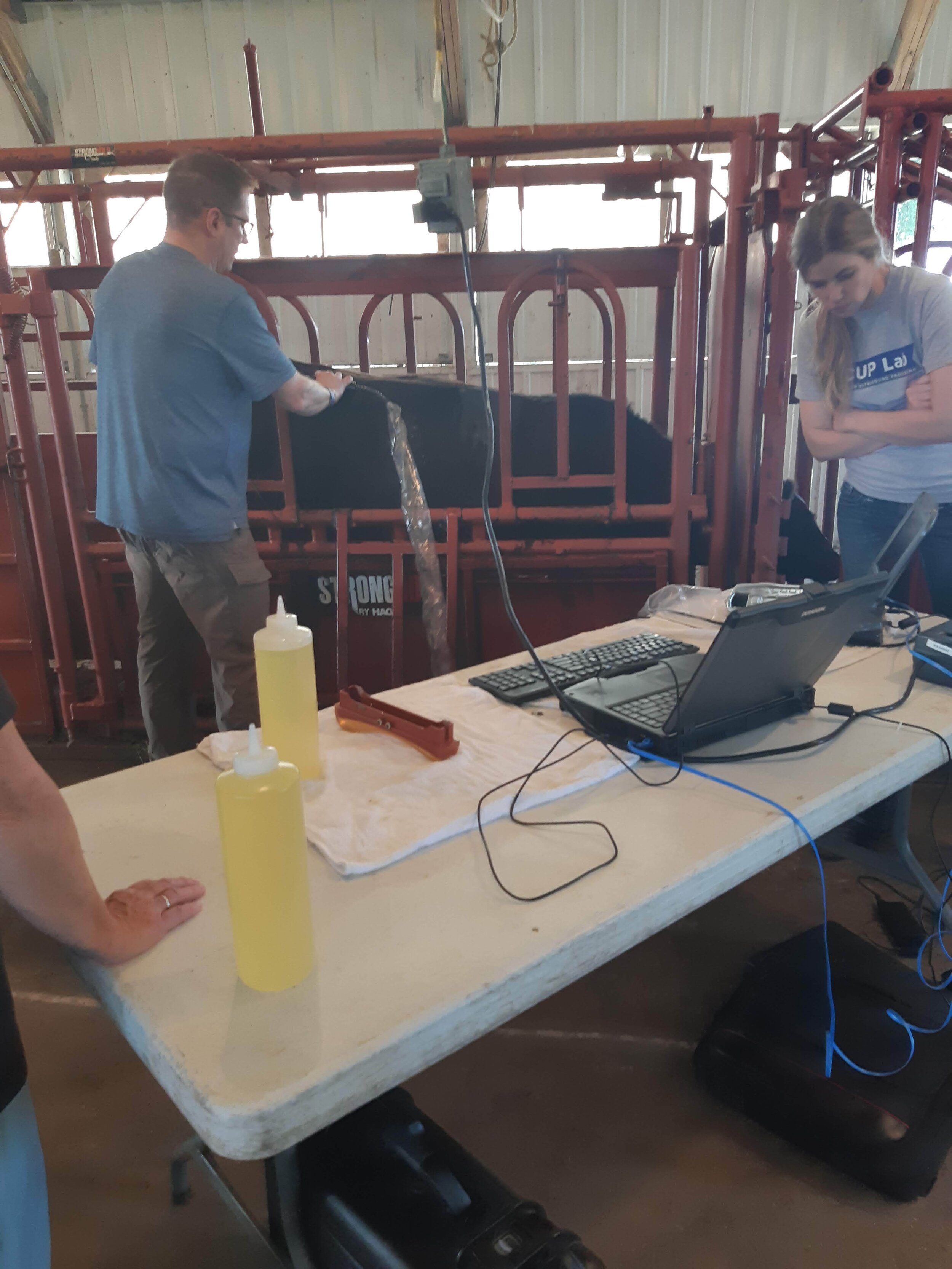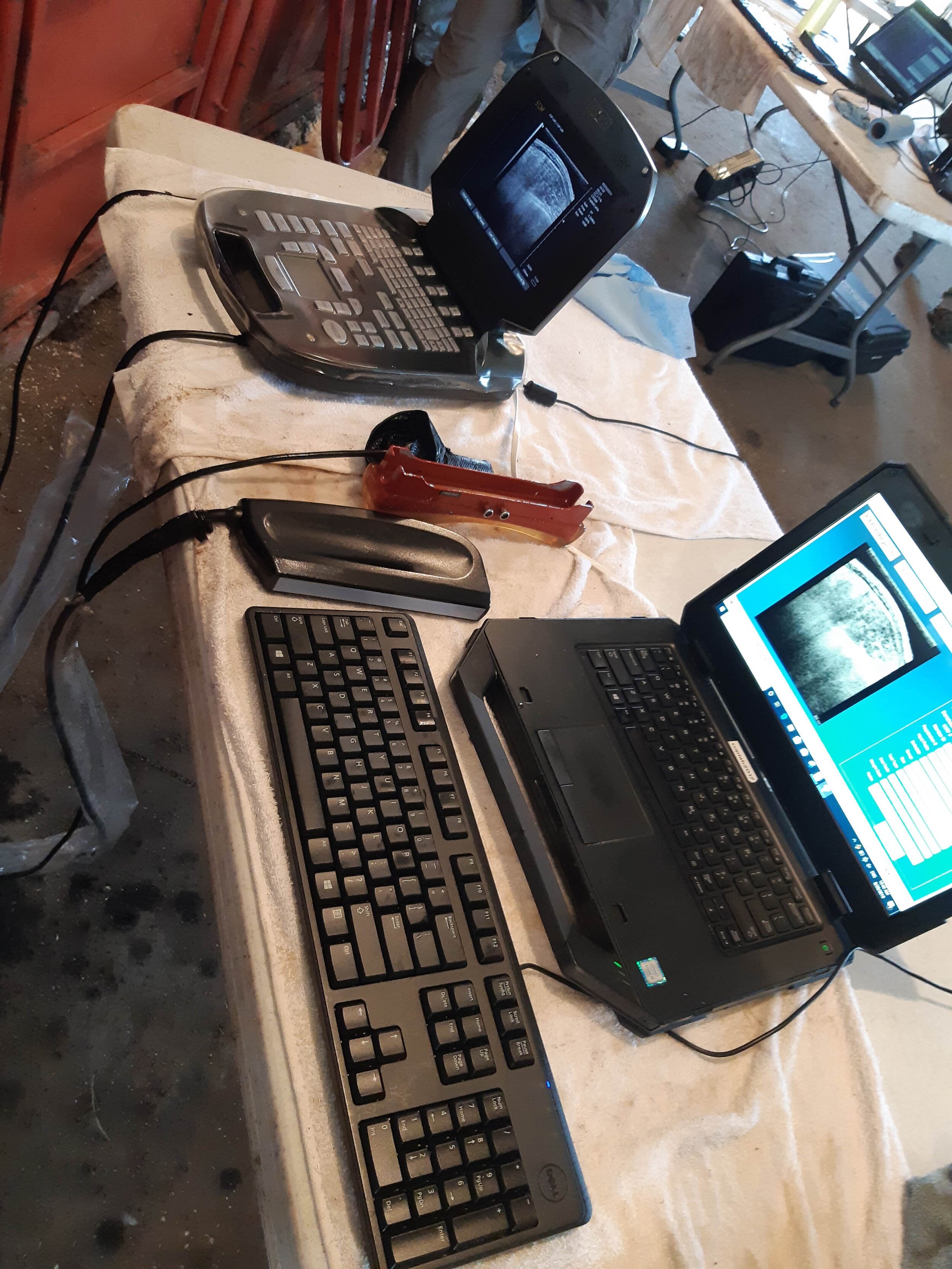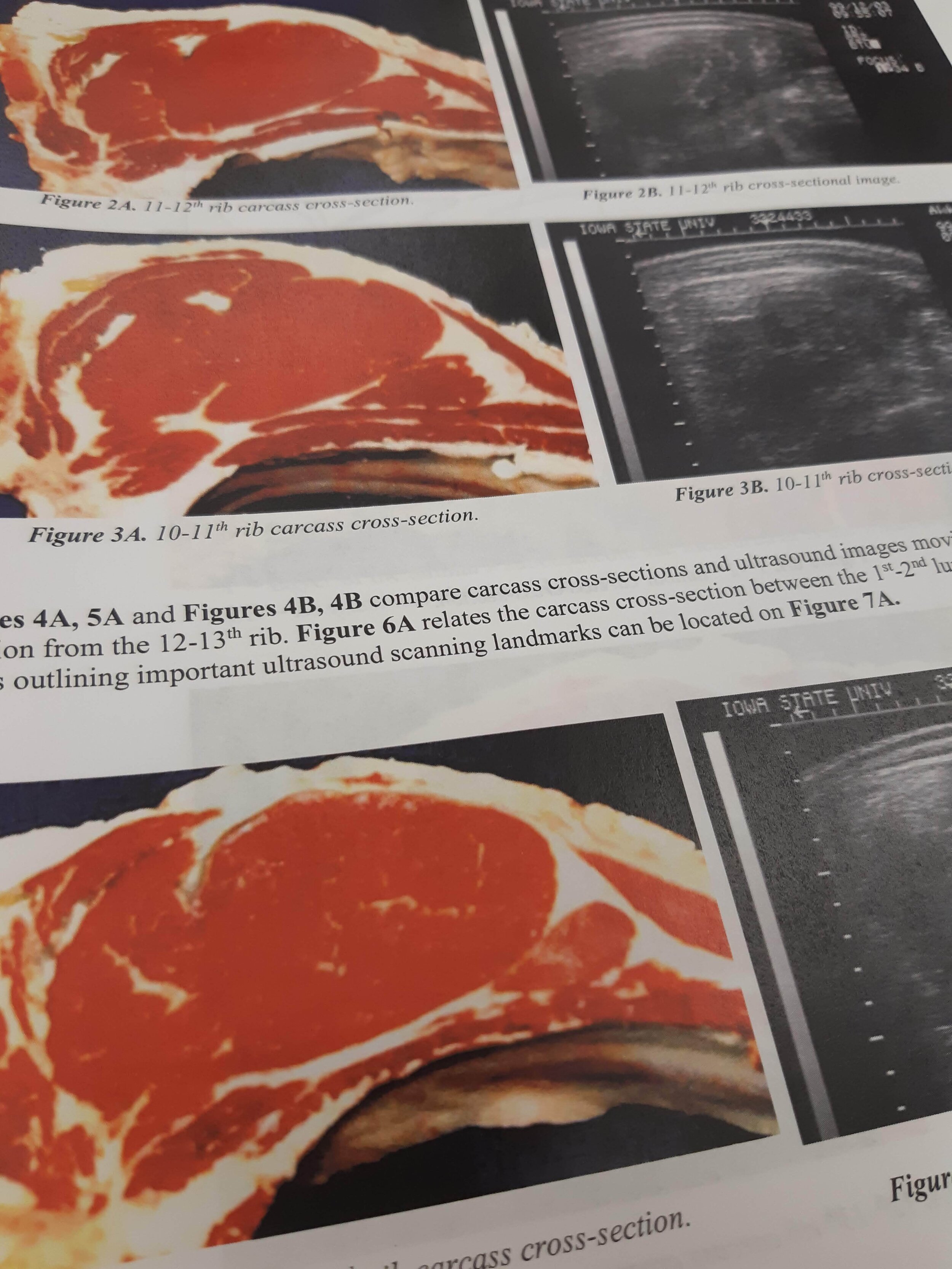AANB covers plenty of ground at annual general meeting
/by George Fullerton
The Agricultural Alliance of New Brunswick (AANB) hosted its annual general meeting on Thursday, Jan. 16 and Friday, Jan. 17 at the Crowne Plaza hotel in Fredericton. The meeting had strong attendance, with producers from across the province along with provincial government staff present.
The AANB covered a busy agenda during the first day and a half, which was followed on Friday afternoon by the New Brunswick Young Farmers Forum annual conference and business meeting.
AANB CEO Josée Albert led off the AGM with her report on the highlights of the past year. She began by thanking the AANB directors and staff for their support and dedication to the organization and agriculture.
Albert explained that a good deal of energy had been spent lobbying government during the previous year. That work included a meeting immediately following the 2019 AGM, which was followed up by monthly meetings with the provincial Department of Agriculture, Aquaculture and Fisheries, as well as meetings with other departments.
The AANB presented a comprehensive strategic plan in April 2019, which outlines the organization’s activities, programs, and promotions.
While glyphosate commanded a great deal of time and attention, including a meeting with the Stop Spraying New Brunswick group, the AANB also met with WorkSafeNB, shared its position on wild turkey hunting, lobbied on behalf of agriculture with candidates offering in the federal election, worked on issues with the Canadian Federation of Agriculture, and provided input on carbon sequestration and carbon pricing as it applies to agriculture.
Looking ahead, Albert asserted that the AANB will continue to focus on activities to develop “public trust” for agriculture. She said there continues to be plenty of erroneous information about agriculture out there – especially on social media – and that the AANB will counter that with correct information.
Albert mentioned the calendar of events, which has become a permanent feature on the AANB website. Staff held regular weekly meetings and the strategic plan was reviewed by staff and directors on a 90-day cycle.
The AANB also promoted the “Why Local? Why Not?” campaign, which has three goals: educate consumers, increase local food demand, and improve the perception of agriculture as a career option for young people. The campaign is strongly promoted through social media. In the next year, the third phase will continue to deliver and measure media outreach.
Other AANB files from the previous year included labour challenges, rural road maintenance, Open Farm Day, and a tool to match new farmers to farms for sale. The focus for 2020 will include the glyphosate file, strategic plan updates, workforce issues, the problem of trespassing, lobbying government, the Agriculture in the Classroom program, and following up on resolutions from the AGM.
Stéphane Sirois, who is New Brunswick’s Agriculture in the Classroom coordinator, gave an update on the AANB’s efforts presenting the program in New Brunswick schools. He began by thanking the program’s sponsors.
Agriculture in the Classroom’s Little Green Thumbs program – which is for children in grades 3, 4, and 5 – provides schools with equipment to grow vegetables under light. It also provides a curriculum for teachers, develops an interest in growing vegetables, and celebrates the end of the project with a “salad-bration” with the children preparing and eating salad from the produce they grew.
Little Green Thumbs was presented in six classrooms in 2019, but the plan is to expand the program to 750 classrooms across the province this year. Sirois will conduct a teacher training day during the year, with the ultimate goal of having at least one Little Green Thumbs kit in every New Brunswick elementary school.
Sirois also congratulated the Potatoes New Brunswick association for the success of the Spuds in Tubs school activity, which the association sponsored. The program provides lesson plans, a tub, soil, and seed for students to plant and nurture potato plants, culminating in the children harvesting, cooking, and eating their potatoes.
Additional education efforts will include participating in Canadian Agriculture Literacy Month activities in March and planting tulip bulbs to recognize Canada’s role in the Dutch liberation in 1945.
Sirois also reviewed an agriculture marketing competition for high schools, which awards a number of scholarships. And he discussed efforts to develop an agriculture course option for high school. He went on to recognize a number of individual farmers who hosted classes on their farms.
Faith Matchett, Farm Credit Canada’s vice-president of national customer service centres and Atlantic operations, addressed mental health and the importance of efforts to remove the stigma around discussing and addressing mental health issues in agriculture. Her address focused on building resilience in oneself and one’s business.
Agriculture Minister Ross Wetmore brought greetings from the provincial government and went on to congratulate the AANB for its Agriculture in the Classroom achievements. Wetmore reviewed a visit he and his staff made to the University of Maine at Presque Isle to learn about the university’s agriculture program, as well as followup meetings he had with Premier Blaine Higgs and the provincial education minister on establishing a similar program in New Brunswick.
A number of resolutions were discussed and passed.
The AGM also featured a WorkSafeNB presentation and an update on a workforce study to be released early this year.
At the banquet on Thursday evening, Higgs was a guest at the head table. The banquet recognized people who’ve made significant contributions to agriculture in New Brunswick.
The new entrant award went to Scott and Lindy Brown, who operate a dairy farm in Portage Vale. The innovation award went to André and Éric Côté of Côté Brothers Potato Co. Inc. in Drummond. The James Robb Award for agrologist of the year went to Philip Parlee. Tamara Sealy, executive director of Fertilizer Canada’s Nutrients for Life Foundation, received the agriculture education ambassador award. And Mike Slocum of Slocum’s Farm Fresh Produce Ltd. of Waterborough went home with the hospitality ambassador award.
Lisa Ashworth is the new AANB president, replacing Christian Michaud in that role.


